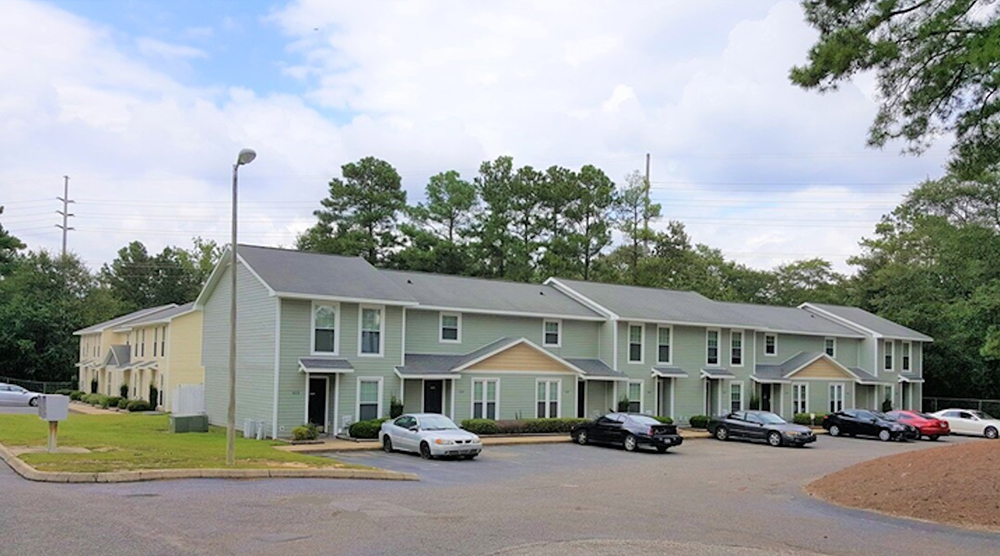News: Financial Digest
Posted: December 13, 2007
The 2008 outlook for real estate capital
Let's face it, our industry needed more than a slight correction, it needed an airbag inflating impact. Hopefully, we will all walk away without injury. Our vehicles however, will need some work. The vehicles in this analogy are not our commercial real estate assets themselves… the bricks and mortar are fine, it is the financing vehicles that need structural repair. After a 24 month downward trend in cap rates, as "loose" capital flooded our markets, it was Moody's Investors Service that stepped in this April to remind us of the risks of investing in real estate.
Moody's and other rating agencies arrived at the opinion that the subordination levels within marketable CMBS had to change, primarily due to hyper-aggressive underwriting. Without going into a technical discussion of what this means, the conclusion is analogous to a lender requiring more credit support within a loan, or in this case a mortgage backed security.
So, contrary to popular belief, it was not the sub-prime woes that precipitated the credit crunch within our industry. The sub-prime headlines and related reverberation across all markets only exacerbated it. So who was at the wheel when this accident took place? Well, no one, and that is what is so great about free market capitalism. Free markets correct themselves, so this too shall pass, and financing activity should gain momentum by late first quarter next year.
Much like our own industrial markets as a nation in the late eighteen and early nineteen hundreds, the real estate cycles over the last four decades were a product of immature markets. The market for commercial real estate has matured and the cycles as we know them will continue to flatten as both the sources and uses of real estate capital become more influenced by the global economy. Creating, in a sense, a bracketed equilibrium is the superfluity of recent sophisticated risk management vehicles (i.e. REITS, CMBS, CDOs, Synthetic Securities, Derivates, TICs, etc.). Cap rates will thus stabilize at levels below historical averages as the overabundance of Global Capital invested in these vehicles drive our markets for the decades to come. In essence, real estate, once a niche investment type from a global perspective, has quickly become a core part of any well balanced portfolio. So, where does that leave us when trying to get deals done today and in the months/years to come?
Deals are getting done. The short-term flux in the capital markets has allowed balance sheet lenders both local and national to grab back a bit of market share from the conduits; the trick is finding which ones have money to lend at terms that make the most sense for the property or development type.
Our prosperous economy and the abundance of capital have lead to a plethora of new local and regional financing and investment companies that are expanding their footprint and appetite quickly. Just flip through this publication and see the many names that were not heard of until recently. Institutional ("Wall Street") commercial and investment banks will return to the market, commensurate with the stabilization of floating rate pricing. As we transgressed through the summer, spreads over LIBOR for floating rate deals where simply not attractive to large institutional firms. They found investing in commercial paper which offered better returns with less underwriting and asset management brain damage more attractive.
As we approach year end, however, the credit markets will continue to be volatile and pricing across all forms of debt instruments is likely to remain in a state of flux. Commercial Paper spreads, still at risk of having another run up in pricing, have yet come down more than 100 bps since the summer. Slowly more institutions will allocate more of their balance sheet back to real estate lending as the pricing for commercial paper stabilizes.
The conduits too, will come back to life early next year as both LIBOR and the 10 year Treasuries stabilize, (it only takes volatility in one of these indices to wreak havoc in CMBS pricing). With Treasuries hovering below 4% again and LIBOR settling around 5%, there is destined to be plenty of financing activity next year. It is exactly in this type of environment where capital intermediaries and investment bankers can add the most value to any real estate investor or developers business, whether the need be debt, equity, or a combination thereof to custom craft an optimal financing structure.
However, the real key to success is to execute such proposed structures by remaining involved, working in conjunction with your capital sources, and leveraging prior transaction experience to see each deal to a successful closing. Vector Capital has been successful by being client centric and sourcing all layers of the capital stack, if necessary, to fit the return model for a particular client's transaction. We have a broad spectrum of capital sources that we rely on.
These capital providers also rely on us to provide well underwritten and structured deals. The approach of sourcing transactions to fit "in a box" may be easier but does not allow us to leverage our strengths for further corporate growth and success.
Todd Taylor is managing partner at Vector Capital Group, LLC, Old Saybrook, Conn.Vector Capital Group
Tags:
Financial Digest
MORE FROM Financial Digest
Preservation of Affordable Housing secures $23.5 million in financing from Rockland Trust and Citizens Bank
Cambridge, MA The nonprofit Preservation of Affordable Housing (POAH) has secured $23.5 million in financing from Rockland Trust and Citizens Bank to transform a 150-year-old, underutilized church complex into housing. The project will ultimately create 46 affordable family-sized apartments.

Quick Hits
Columns and Thought Leadership

Examples of investors who used Kay Properties for legacy and estate planning purposes for rental property/portfolios - by Dwight Kay
Preserving wealth across multiple generations requires strategic planning, foresight, and the right investment vehicles. Delaware Statutory Trusts (DSTs) offer a powerful solution for families looking to build and protect their financial legacy and to efficiently plan for their estate.

Conn. hospitality market: A technical appraisal perspective on market dynamics and valuation challenges (2019-2025)
The Connecticut hospitality market has demonstrated uneven recovery patterns between 2019 and 2025, with boutique and historic properties achieving $125 RevPAR in 2025, up 8.7% from the 2019 level. Coastal resort properties achieved a $105 RevPAR in 2025, representing 10.5% growth since 2019. Casino corridor properties maintained modest growth with RevPAR improving 4.5% to $92 in 2025.








